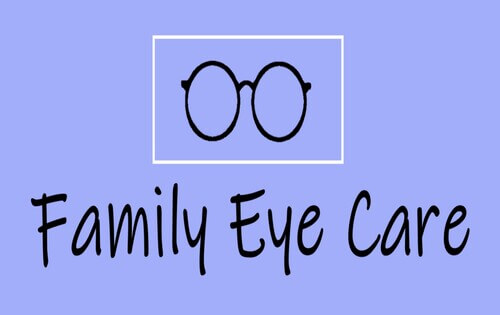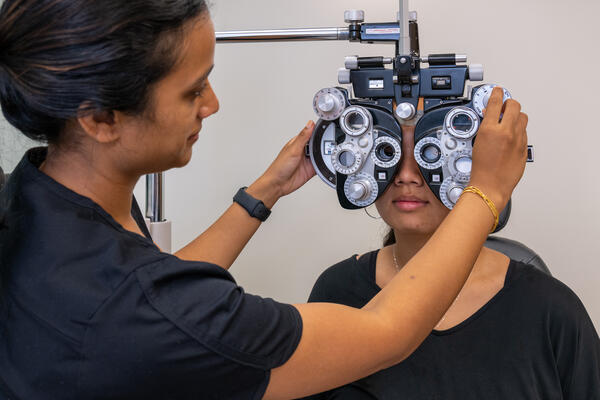Neurologist in Andalusia: Leading Specialists and Clinics Provided
Neurologist in Andalusia: Leading Specialists and Clinics Provided
Blog Article
The Pros and Cons of Various Refractive Surgical Procedures for Boosted Eyecare

LASIK Surgical Treatment
LASIK surgery is a commonly carried out refractive treatment that aims to fix vision concerns such as nearsightedness, astigmatism, and farsightedness. This medical method has actually obtained popularity as a result of its efficiency in giving patients with more clear vision and decreasing their dependence on glasses or contact lenses. During the procedure, a slim flap is produced on the cornea, and a laser is used to improve the underlying cells, correcting the refractive mistake. The flap is then rearranged, allowing for fast healing and very little pain for the client.
One of the key benefits of LASIK surgery is the rapid enhancement in vision experienced by lots of patients. It is essential for individuals taking into consideration LASIK surgical treatment to undergo a thorough assessment by an eye care expert to identify if they are appropriate candidates for the treatment.
PRK Treatment
The PRK treatment, additionally recognized as Photorefractive Keratectomy, is a type of refractive surgical treatment that intends to deal with vision problems similar to LASIK surgical treatment. Unlike LASIK, which entails creating a flap in the cornea, PRK functions on the surface area layer of the cornea.
One of the benefits of PRK over LASIK is that it eliminates the risk of flap-related issues since no flap is produced throughout the surgery. Regardless of the longer healing period, PRK can be a suitable alternative for people seeking vision modification surgical treatment.
SMILE Surgery
A cutting-edge refractive surgical treatment method gaining appeal in the field of ophthalmology is SMILE Surgical treatment. Little Laceration Lenticule Extraction (SMILE) is a minimally intrusive procedure that fixes vision by improving the cornea using a femtosecond laser. Unlike conventional LASIK surgical treatment, SMILE Surgery entails developing a little laceration in the cornea to draw out a lenticule, which leads to less disturbance to the corneal framework and potentially faster healing times.
Among the main advantages of SMILE Surgery is its ability to treat myopia (nearsightedness) and astigmatism with high precision, bring about exceptional aesthetic outcomes for people. The minimally invasive nature of the treatment likewise decreases the risk of difficulties such as dry eye disorder, making it a positive alternative for people seeking refractive surgical treatment.

LASEK Technique
Having explored the benefits and considerations of SMILE Surgery, one more notable refractive surgery strategy worth analyzing is the LASEK Technique. LASEK, which stands for Laser-Assisted Subepithelial Keratectomy, is a kind of laser eye surgical treatment that intends to correct refractive mistakes such as myopia (nearsightedness), hyperopia (farsightedness), and astigmatism.
Unlike LASIK, LASEK does not involve creating a corneal flap. Instead, throughout a LASEK procedure, the cosmetic surgeon makes use of a diluted alcohol option to loosen up the slim external layer of the cornea, known as the epithelium. This layer is after that gently relocated apart to allow the laser to reshape the underlying corneal cells. Once the cornea has been improved to the wanted level, the epithelial layer is repositioned.
Among the key advantages of LASEK is that it can be appropriate for people with slim corneas that might not be good candidates for LASIK. Additionally, LASEK normally causes minimal post-operative pain and a quicker healing time compared to PRK. Nevertheless, the aesthetic recovery procedure with LASEK may be a little longer than with LASIK.
Implantable Call Lenses
Implantable Call Lenses provide a other long-term vision correction remedy for individuals looking for an alternative to conventional call lenses or glasses. These lenses, this article also referred to as phakic intraocular lenses, are surgically placed right into the eye to correct refractive errors such as myopia (nearsightedness), hyperopia (farsightedness), and astigmatism. neurologist Andalusia. Unlike conventional contact lenses that rest on the surface area of the eye, implantable call lenses work within the eye itself, offering clear vision without the requirement for everyday upkeep or removal
One of the crucial benefits of implantable call lenses is their permanence. As soon as put, they can continue to be in the eye indefinitely, providing constant and secure vision improvement. Additionally, these lenses can be a superb option for people who are bad candidates for laser eye surgical procedure or who prefer a relatively easy to fix vision modification procedure.
Nevertheless, implantable call lenses do bring some risks, including the capacity for cataracts or boosted eye pressure. It is vital for people considering this option to seek advice from an eye care expert to identify if implantable get in touch with lenses are the appropriate choice for their details needs and eye wellness.
Verdict
In final thought, each sort of refractive surgery has its own advantages and negative aspects. LASIK surgery is popular over at this website for its quick healing time, while PRK procedure might appropriate for clients with thin corneas. SMILE surgical treatment offers very little discomfort during the procedure, yet LASEK method may have a longer recovery process. Implantable call lenses supply an alternative for those that are not appropriate candidates for conventional surgeries. Patients should seek advice from their eye treatment company to establish the very best choice for their private needs.

Generally, SMILE Surgery provides a promising option for people looking to boost their vision with refractive surgical procedure.
Report this page